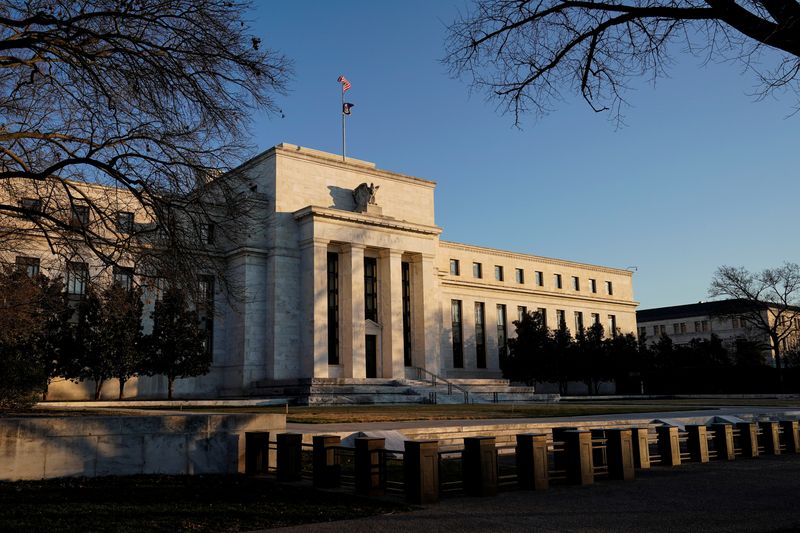Fed’s ‘discount window’ should be part of bank contingency plans -regulators
By Hannah Lang
(Reuters) -U.S. banks should incorporate the Federal Reserve's emergency lending facility known as the "discount window" as part of their contingency funding plans, federal banking regulators said in updated guidance on Friday.
The discount window is "an important tool" banks can use to manage liquidity risk, bank regulators including the Federal Reserve and Federal Deposit Insurance Corp said in an updated interagency policy statement.
Bank runs in mid-March that forced regulators to shut down Silicon Valley Bank and Signature Bank (OTC:SBNY) "underscored the importance of liquidity risk management and contingency funding planning," the agencies said.
Dallas Fed President Lorie Logan said in May that banks should be prepared to borrow regularly from the Fed's discount window, particularly after the March bank failures showed the importance of effective liquidity risk management.
Fed Chair Jerome Powell said at a press conference on Wednesday the central bank found in March that the discount window could be "a little clunky," slowing down borrowing time.
"Banks are now working to see that they are ready to use the discount window, and we are strongly encouraging them to do that," he said.
The guidance also said financial institutions should establish and maintain operational readiness to use the discount window, including conducting periodic small value transactions.
Firms should also ensure that they are familiar with the pledging process for different types of collateral and even consider pre-pledging collateral in case a need for liquidity were to arise quickly, the agencies said.
Discount window borrowing hit a record of nearly $153 billion in March following the SVB and Signature collapses, and the Fed was forced to set up a new emergency lending facility as well. Total emergency credit from the Fed in that period rocketed to more than $350 billion when FDIC-guaranteed loans to the failed banks are included, and remains near $260 billion as of Wednesday, Fed data shows.
Lending from the traditional discount window - which will remain in place after the other emergency programs expire in the months ahead - has since dropped to $2.25 billion, the lowest in about a year.












 Bitcoin
Bitcoin  Ethereum
Ethereum  XRP
XRP  Tether
Tether  Solana
Solana  USDC
USDC  Lido Staked Ether
Lido Staked Ether  TRON
TRON  Dogecoin
Dogecoin